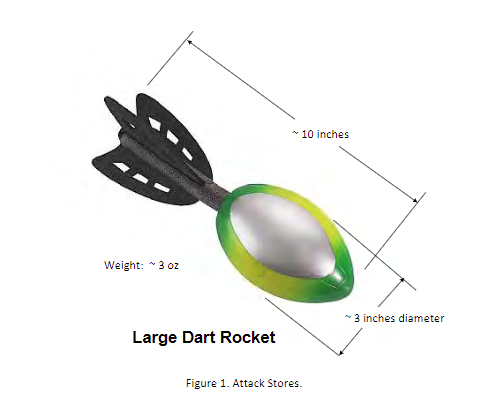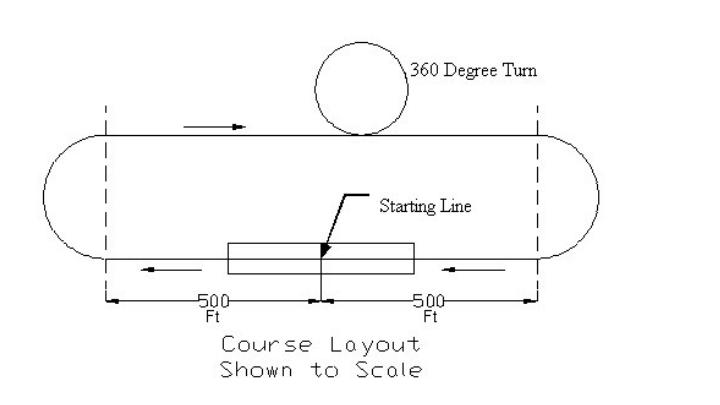bassettjasper
New member
Okay I will admit the title of this tread is a bit of click-bait, but don't click away yet! You might have seen me at Flite Fest East the last two years running around in a colorful dinosaur tank top. I am a senior mechanical engineer at Trine University which is a private university in the Northeast corner of Indiana (https://www.trine.edu/). Now to why I am making this tread, my year long senior design project is to work with 5 other students to design and build a RC airplane for the American Institute of Aeronautics and Astronautics (AIAA) Design, Build, Fly contest.
The rules for this years contest can be found here https://www.aiaadbf.org/Rules/
If you don't want to go through all those pages of rules the basic gist of the rules is we have to build a plane with folding wings that can take off from a 10ft long ramp for each mission
Mission #1) Fly 3 laps in 5 minutes
Mission #2) Fly 3 laps in 5 minutes with a spinning radome
Mission #3) Fly as many laps as possible in 10 minutes. During each lap a large foam dart must be released from the airplane
Also we are not allowed to use Lipo batteries
My hope for this thread is to show details on how our design and building is going, and get help from you all if our airplane is not cooperating.
The rules for this years contest can be found here https://www.aiaadbf.org/Rules/
If you don't want to go through all those pages of rules the basic gist of the rules is we have to build a plane with folding wings that can take off from a 10ft long ramp for each mission
Mission #1) Fly 3 laps in 5 minutes
Mission #2) Fly 3 laps in 5 minutes with a spinning radome
Mission #3) Fly as many laps as possible in 10 minutes. During each lap a large foam dart must be released from the airplane
Also we are not allowed to use Lipo batteries
My hope for this thread is to show details on how our design and building is going, and get help from you all if our airplane is not cooperating.
Last edited:





